
I’m pleased to announce that the second volume in our planned three-volume British Phantom series, Building the British Phantoms Volume Two: The FGR.2 in RAF Service, is now available!
In this massive 595-page eBook, Geoff Coughlin—with the aid of a host of contributors—guides you through the specifics of building the FGR.2 Phantom in RAF service. With 11 kit builds, 26 colour profiles, chapters on the Evolution and Key Features of the FGR.2, along with an extensive 113-page Walkaround section, this book is an essential resource for anyone wanting to build this particular version of the British Phantom.
Also included is a small gallery of FGR.2 model builds, a chapter on special markings, and a list of useful reference resources. Foreword by David Gledhill.
I’m sure you’ll agree that, at just 22 Australian dollars, this really is a bargain!








Building the British Phantoms Volume Two
In this massive 599-page eBook, Geoff Coughlin—with the aid of a host of contributors—guides you through the specifics of building the FGR.2 Phantom in RAF service. With 11 kit builds, 26 colour profiles, chapters on the Evolution and Key Features of the FGR.2, along with an extensive 113-page Walkaround section, this book is an essential resource for anyone wanting to build this particular version of the British Phantom.
Version 1.4 Now Available!
Note: all our prices are in Australian dollars.
And as with all our books, should any updates be required, anyone who purchased a prior version gets lifetime free access to all subsequent updated versions! All new purchasers will of course receive the updated version automatically.

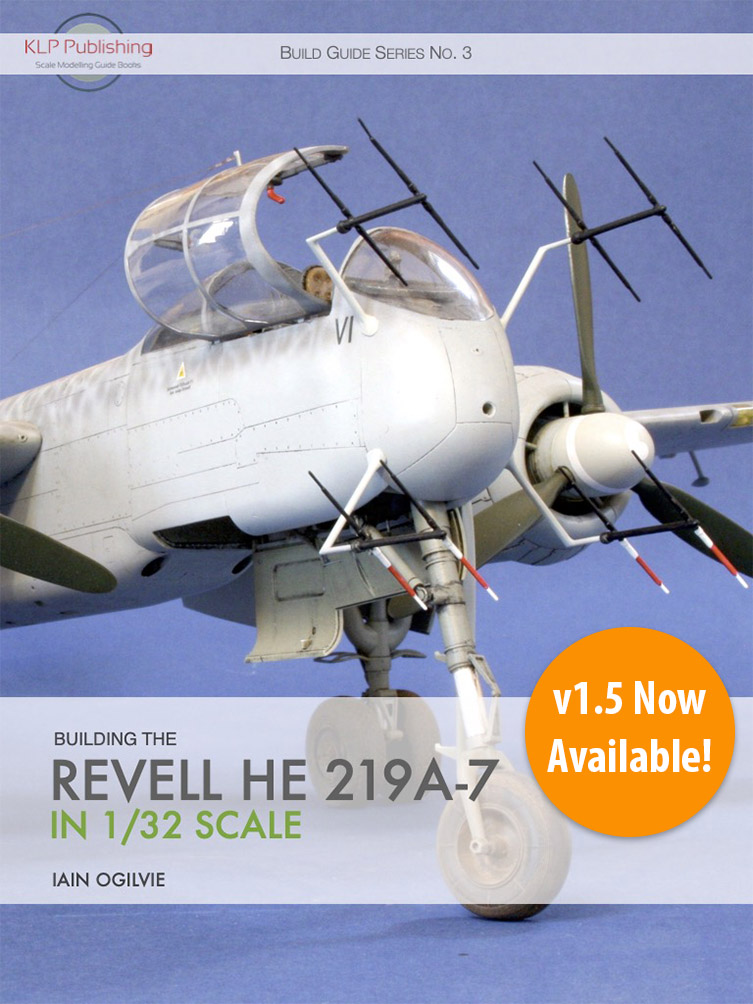

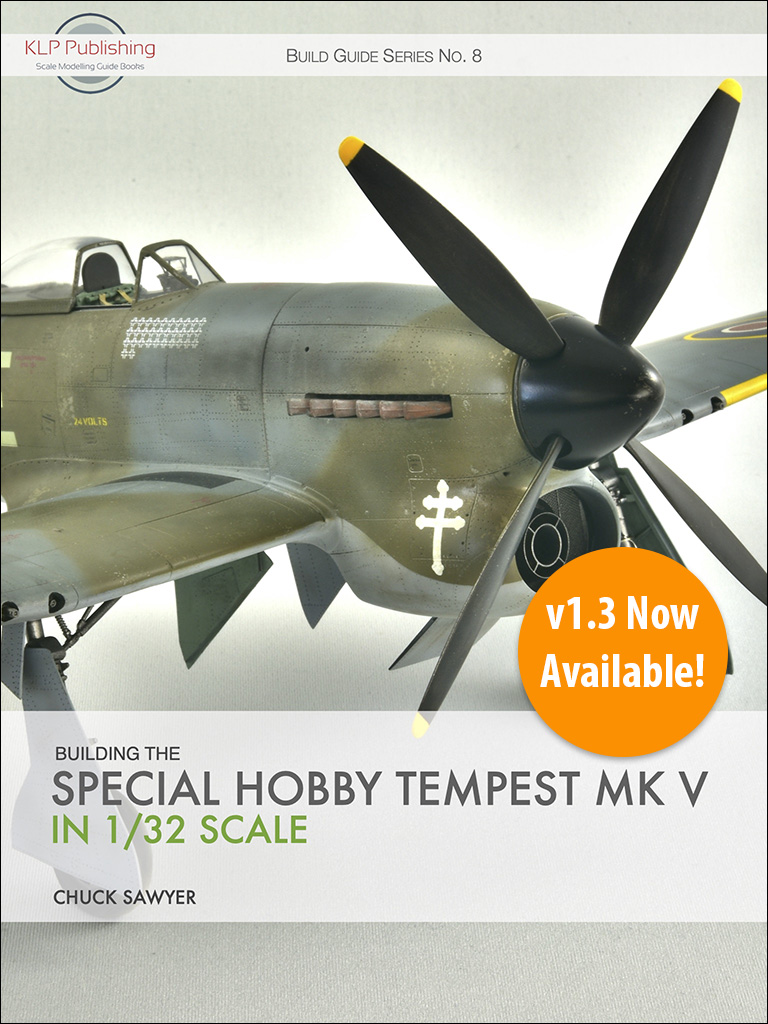

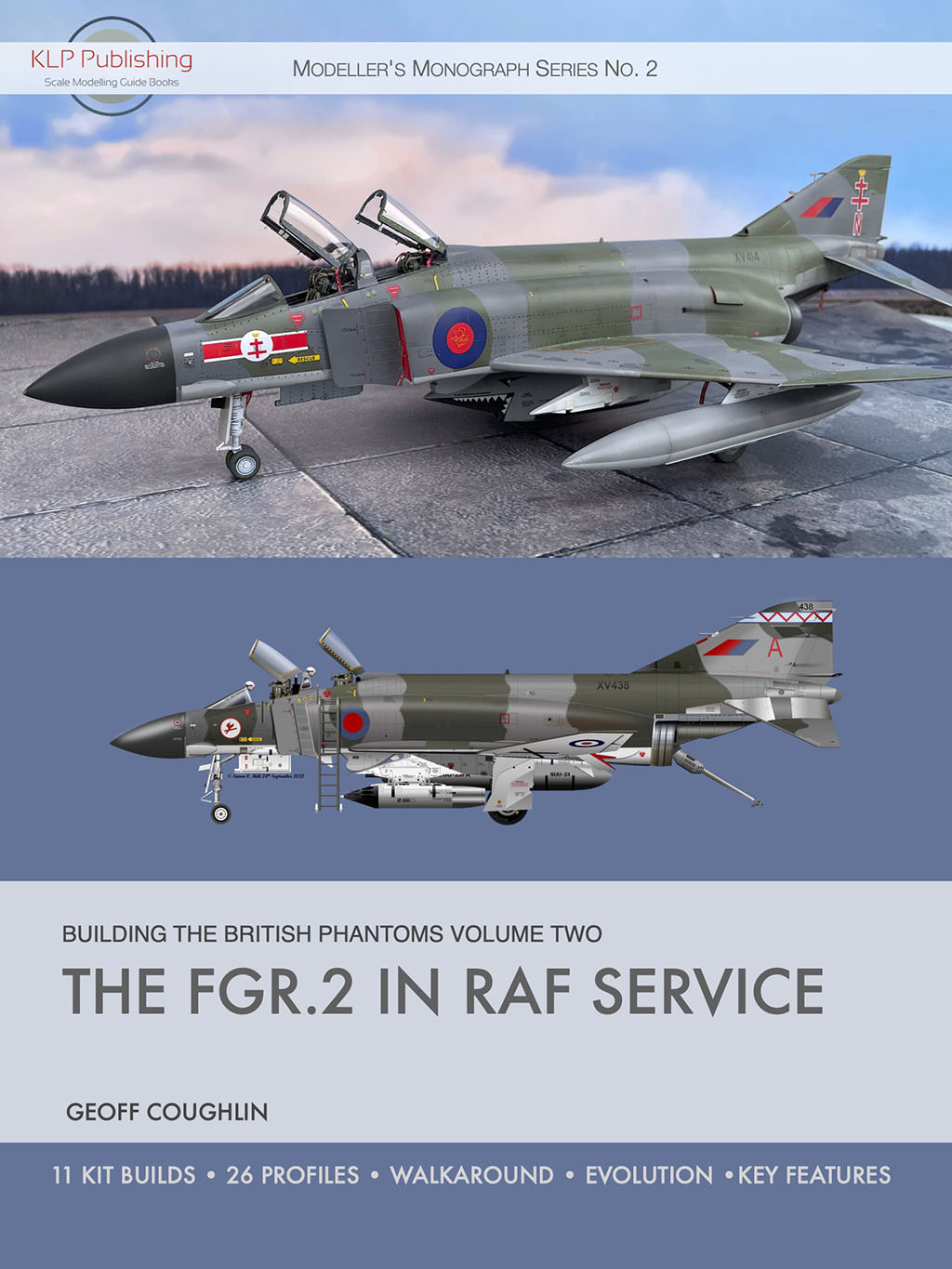


















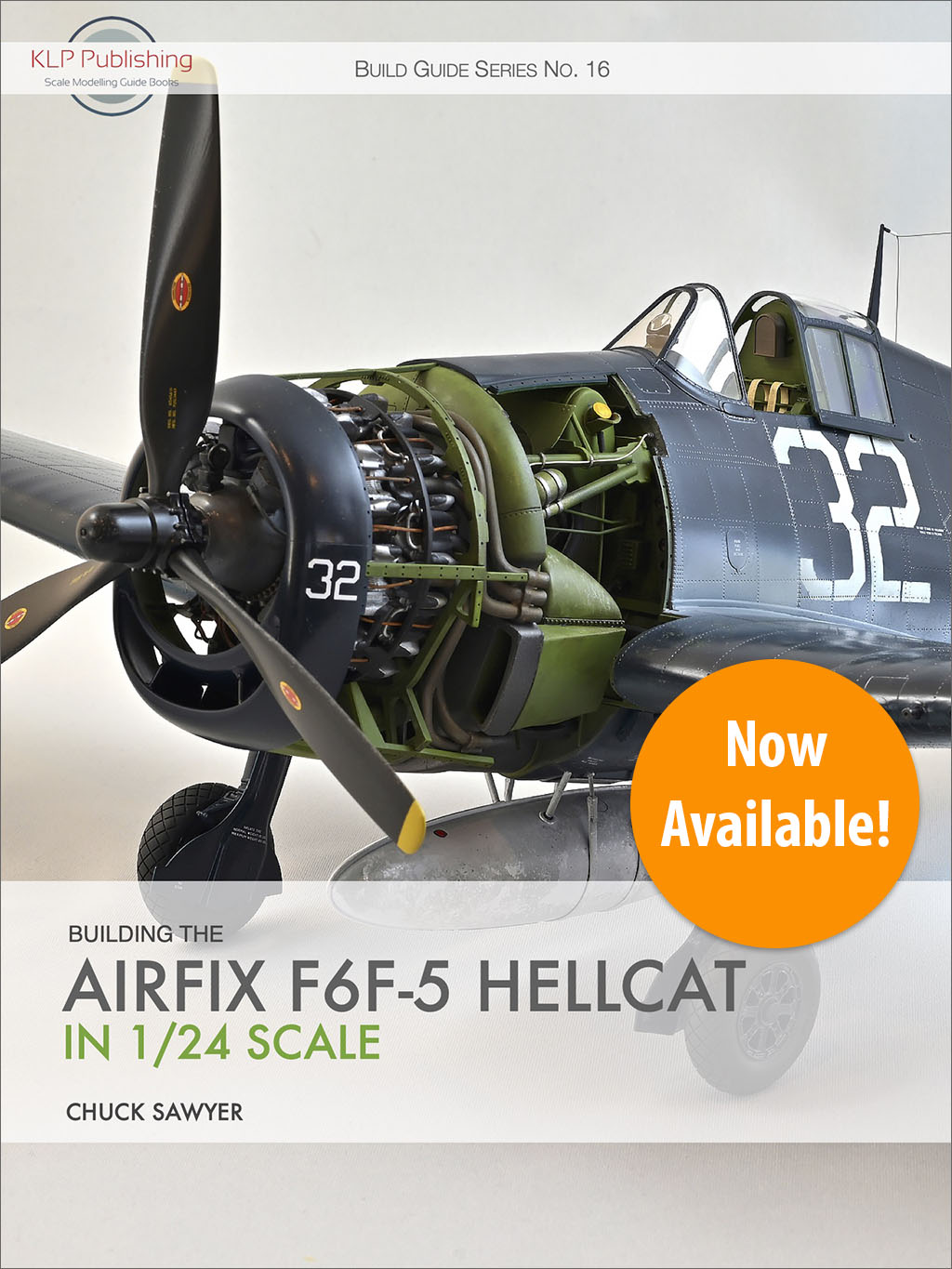







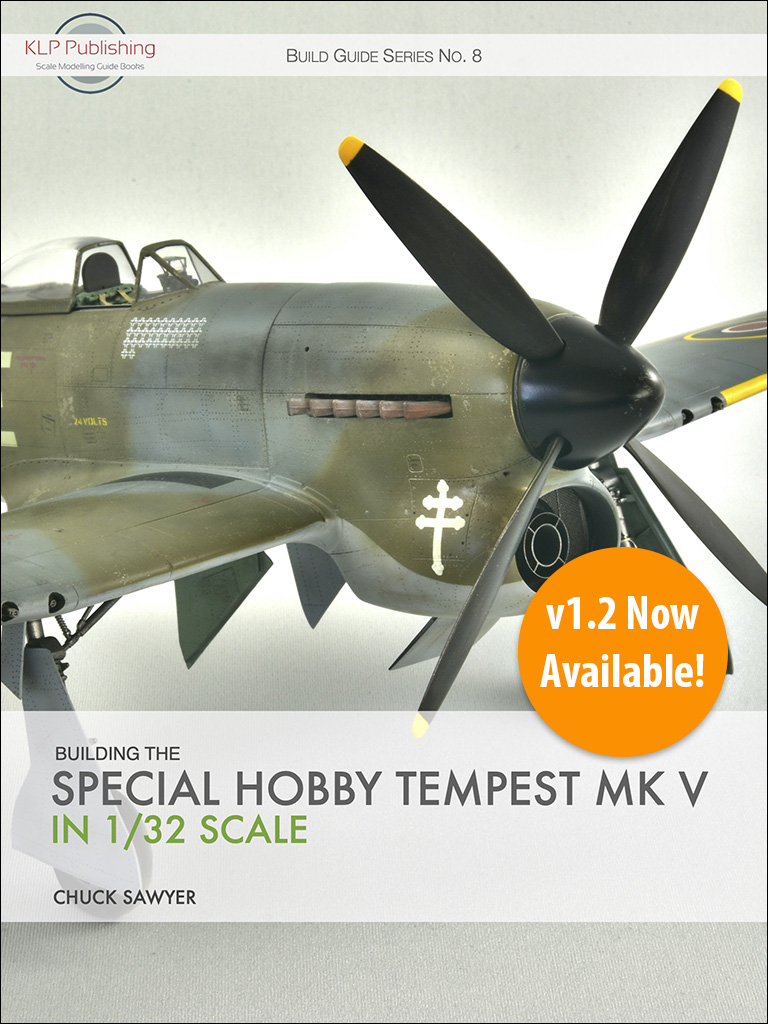


You must be logged in to post a comment.